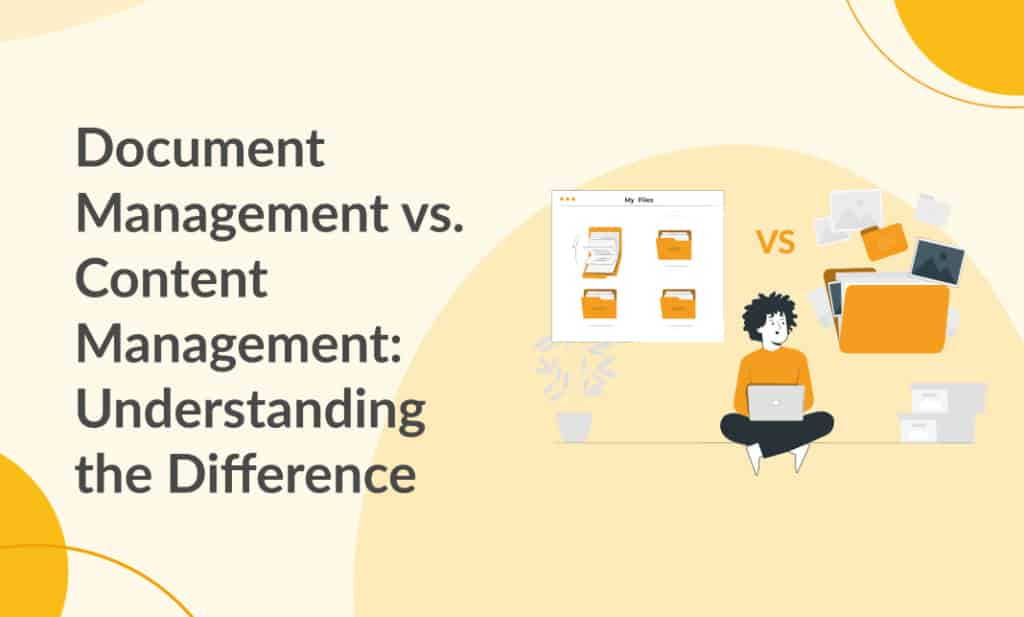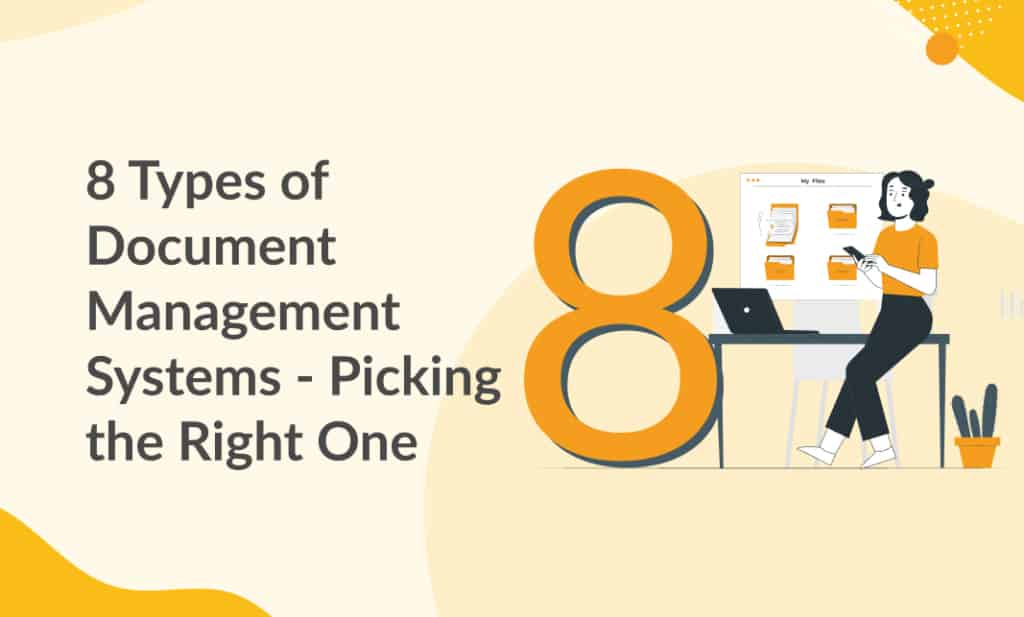In the realm of information management, it is crucial to understand the difference between document management systems (DMS) and content management systems (CMS). Despite their similarities, these systems serve distinct purposes and can address different business needs.
Main Features of Document Management and Content Management Systems
A document management system focuses on organizing, storing, and retrieving documents, while a content management system primarily handles the creation, editing, and publishing of digital content. Here, we explore the key attributes of both systems:
Document Management Systems (DMS)
- Storage and organization: A DMS, like Folderit, offers a centralized platform for managing, storing, and organizing digital documents.
- Version control: DMS solutions provide version control features that enable users to track changes and maintain a history of document edits.
- Security and access control: Document management systems offer robust security measures, including user access controls, to protect sensitive documents.
- Search and retrieval: DMS platforms allow users to quickly locate documents using advanced search functionalities, such as metadata or keyword searches.
Content Management Systems (CMS)
- Content creation and editing: A CMS provides tools to create, edit, and format digital content, often including built-in text editors and multimedia support.
- Workflow and collaboration: Content management systems facilitate collaboration through content approval workflows and editing permissions.
- Publishing and distribution: CMS solutions enable users to publish content on various platforms, such as websites, blogs, or social media channels.
- Templates and design: Most CMS platforms offer customizable templates to create a consistent look and feel for published content.
Selecting the Right System Based on Your Business Requirements
When choosing between a DMS and CMS, it’s essential to consider the specific needs of your business. Assess your company’s requirements for document storage, organization, and retrieval, as well as your needs for content creation, editing, and publishing.
When to Choose a Document Management System
A document management system is an ideal choice for businesses that prioritize:
- Organizing and storing large volumes of documents: If your primary concern is managing a vast collection of digital files and documents, a DMS like Folderit can provide a comprehensive solution.
- Maintaining document security: Companies dealing with sensitive information, such as financial or medical records, can benefit from the robust security features of a DMS.
- Streamlining document workflows: If your organization relies heavily on internal document workflows and approval processes, a DMS can help automate these tasks.
When to Choose a Content Management System
A content management system is more suitable for businesses that focus on:
- Creating and publishing digital content: If your company regularly produces and distributes content, such as blog posts, articles, or multimedia files, a CMS may be a better fit.
- Collaborating on content creation: Organizations with multiple content creators can benefit from the collaboration tools offered by CMS platforms.
- Managing web content: A CMS is ideal for businesses that need to create, edit, and manage content for their websites, ensuring a consistent look and feel across all web pages.
By understanding the distinctions between document management and content management systems, you can make an informed decision about which solution best meets your organization’s needs. Additionally, you can explore integrated solutions that combine features from both systems to create a comprehensive approach to information management.
Integrated Solutions: Combining Document Management and Content Management
Some software solutions on the market offer a hybrid approach, blending features from both document management and content management systems. For instance, Folderit provides document management capabilities and allows users to collaborate on documents and maintain version control.
When evaluating integrated solutions, consider your business’s specific needs and priorities. Look for a platform that strikes the right balance between document management and content management features, ensuring your organization can effectively manage its information assets.
Key Factors to Consider When Choosing an Integrated Solution
As you explore integrated document and content management solutions, keep these essential considerations in mind:
- Ease of use: Opt for software that is user-friendly and easy to navigate, minimizing the learning curve for your team.
- Scalability: Choose a solution that can grow with your business, accommodating increased volumes of documents and content over time.
- Integration with existing tools: Select a platform that integrates seamlessly with the tools your organization already uses, such as Microsoft Office 365, to streamline workflows and improve efficiency.
Adopting a Comprehensive Approach to Information Management
Understanding the differences between document management systems and content management systems is essential for organizations seeking to optimize their information management processes. By considering your company’s unique needs and objectives, you can select the most suitable system or integrated solution, ensuring that your organization’s valuable information assets are managed effectively and efficiently.



